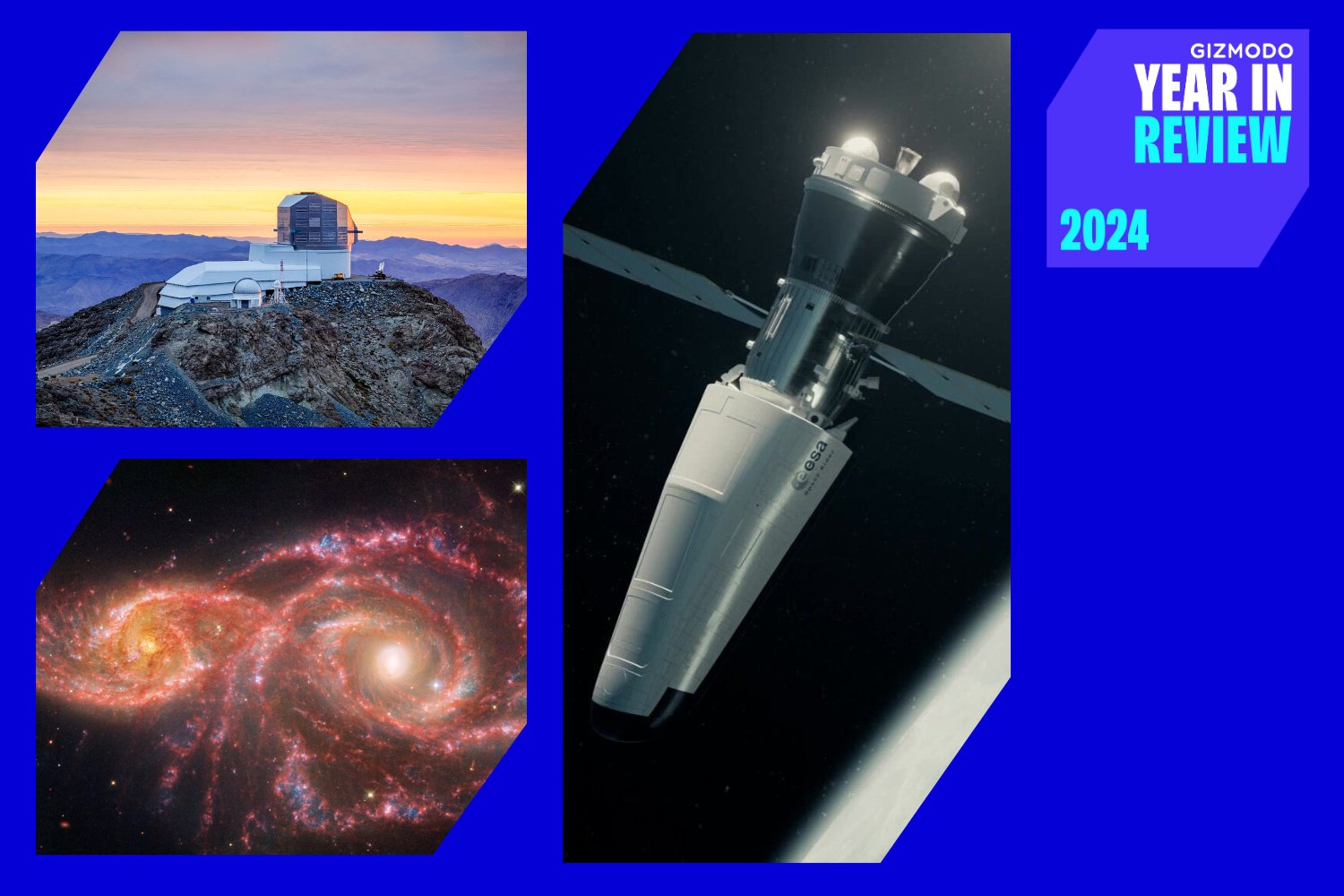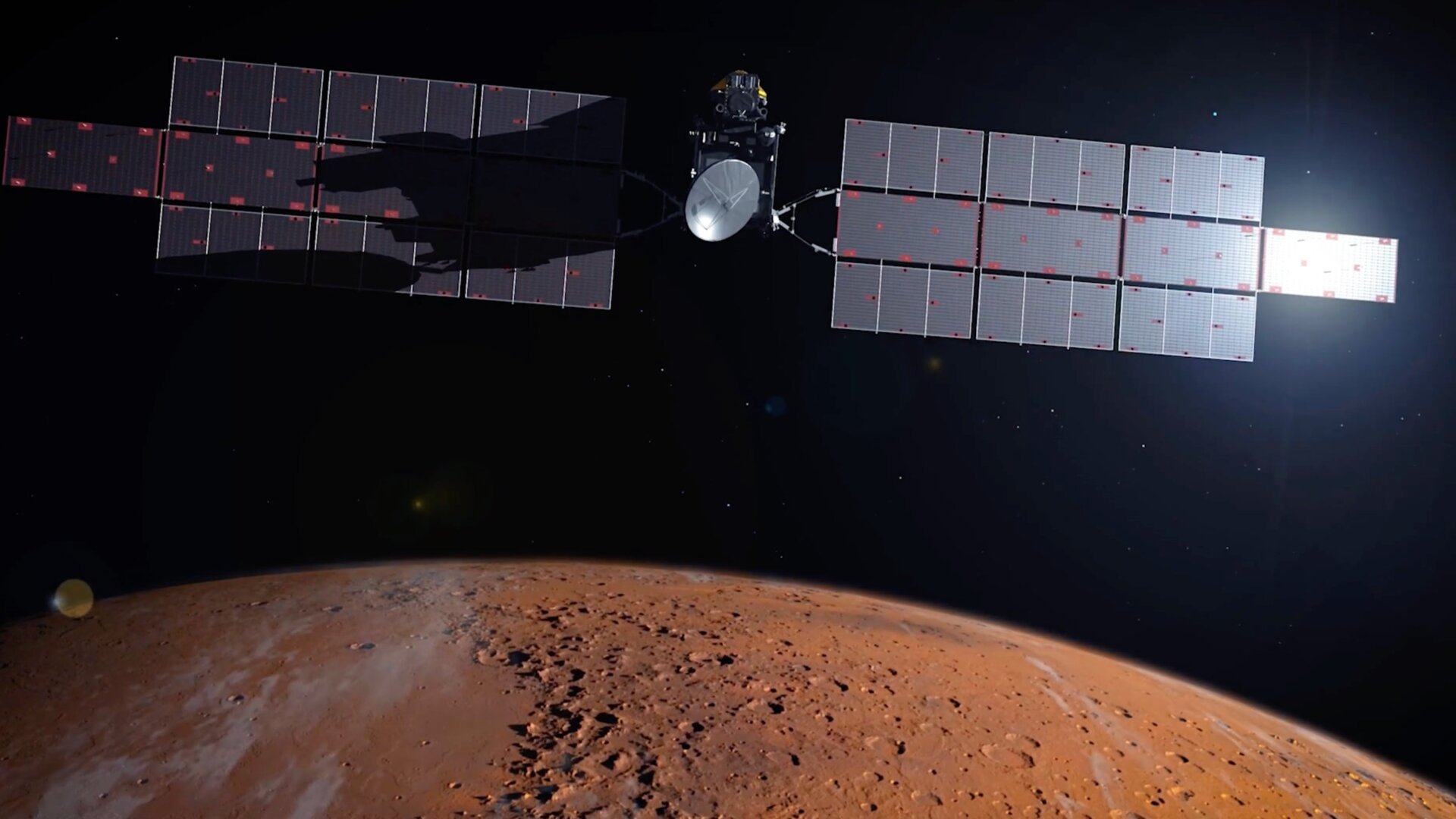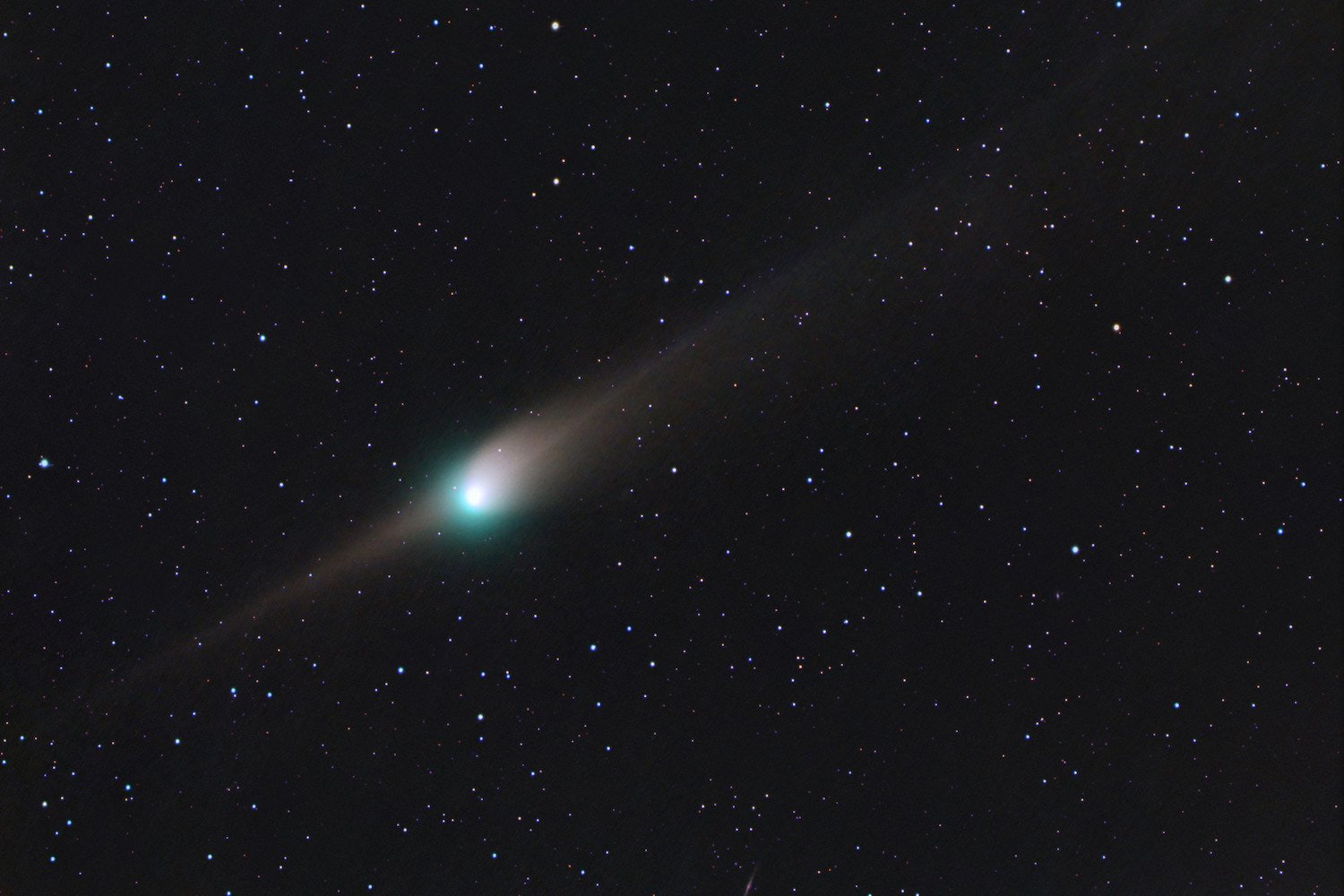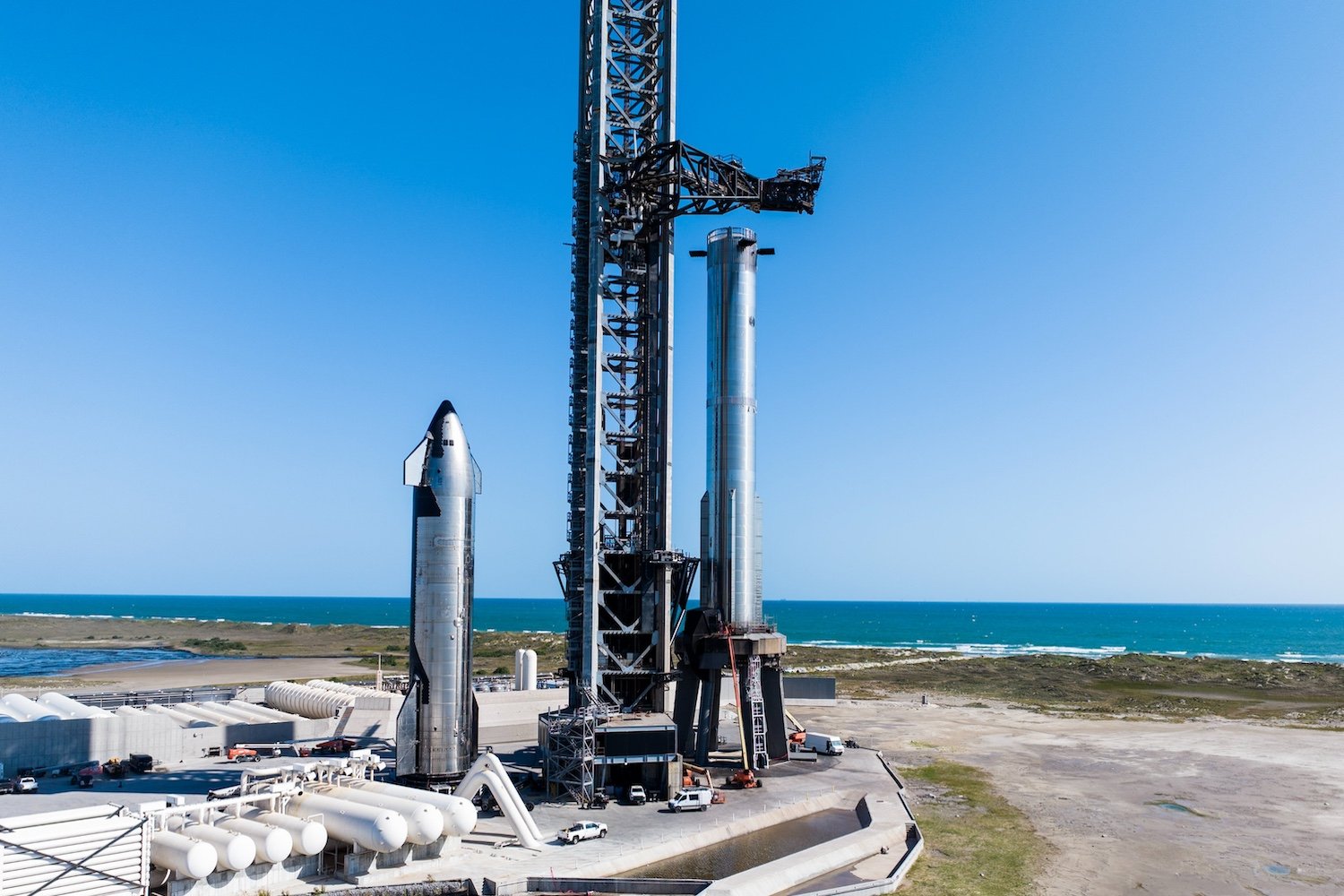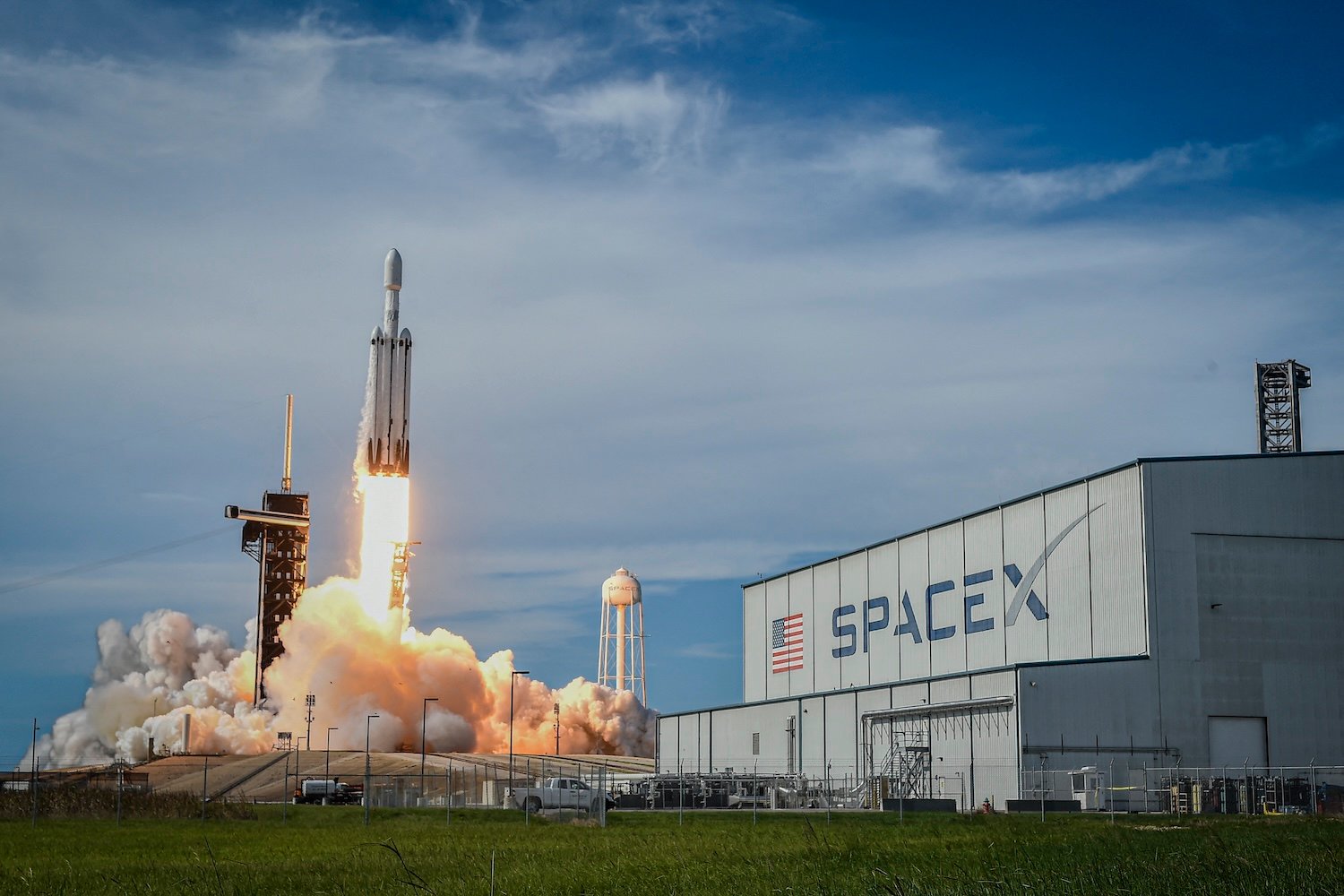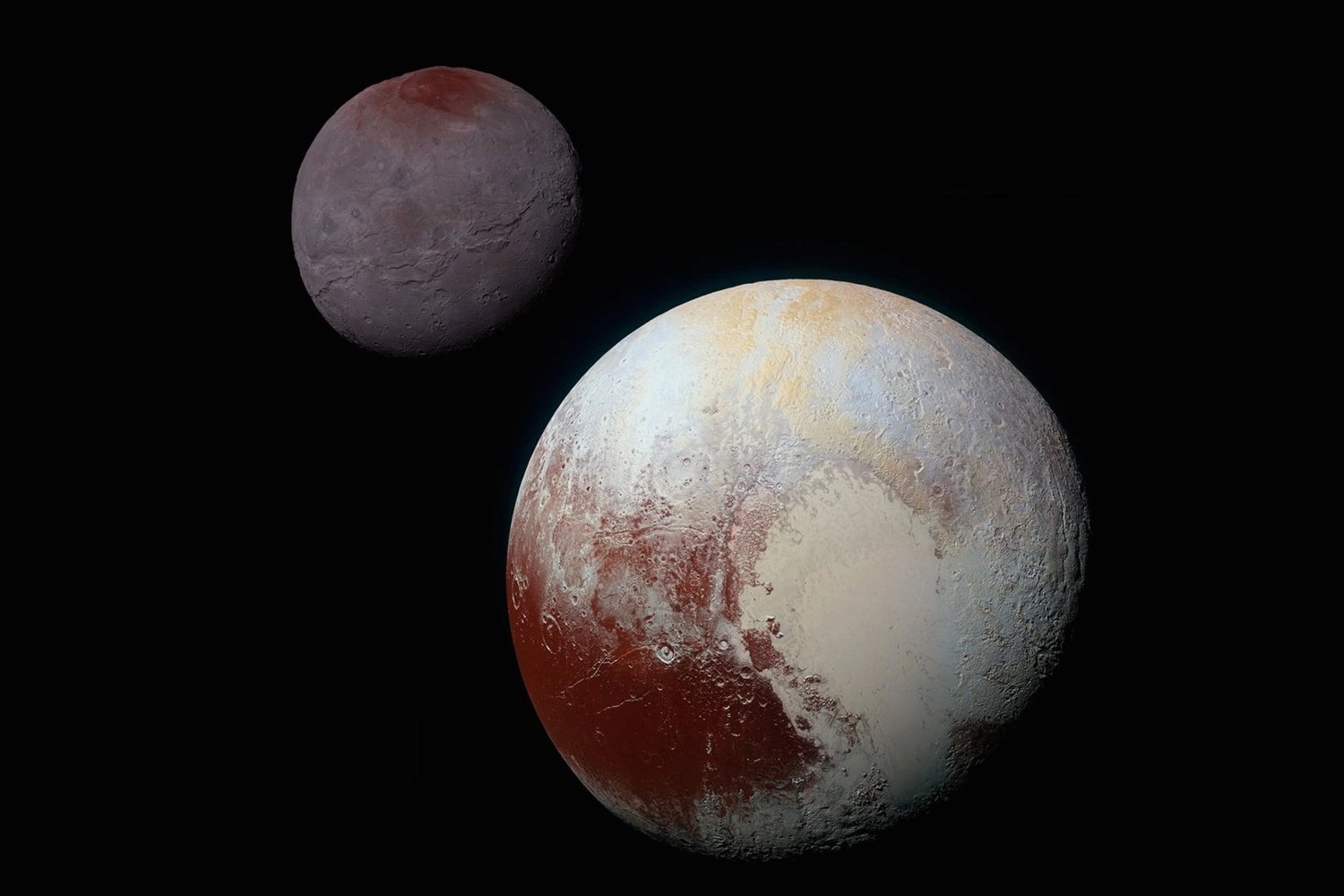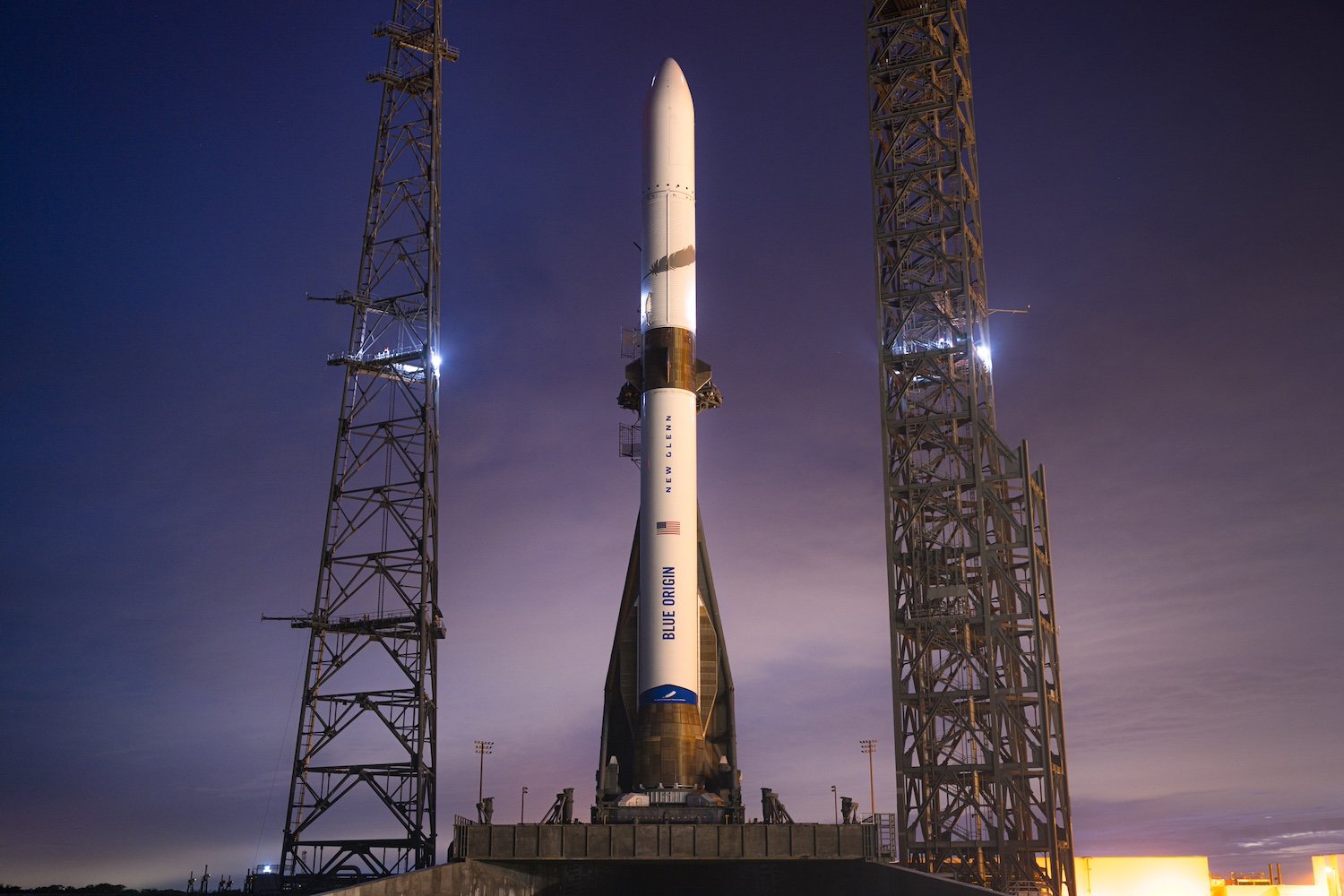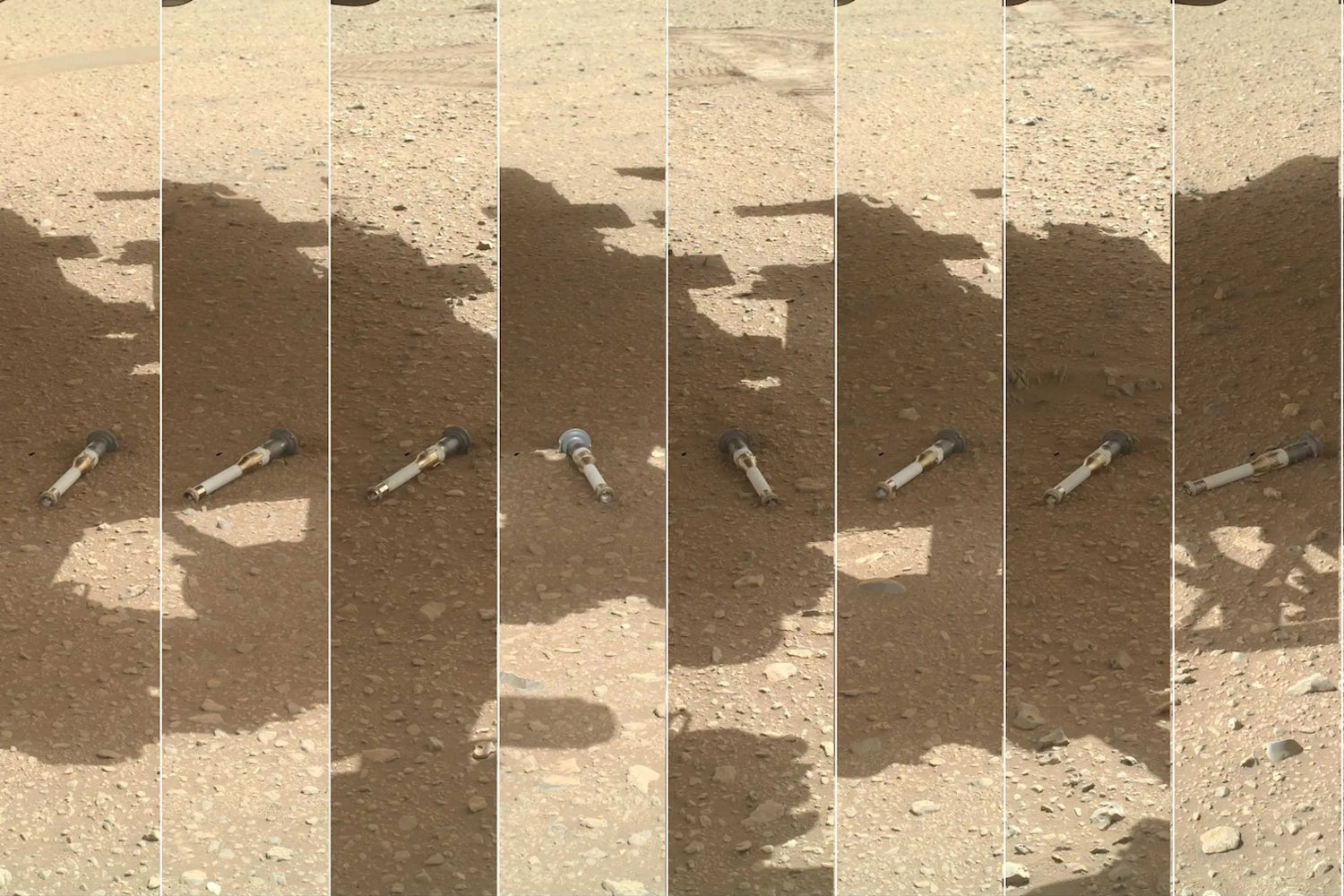2024 was a pivotal year for space exploration, with significant advancements in our understanding of the cosmos and the spaceflight industry. Now, we look forward to the ambitious projects set to launch in 2025. This year promises a diverse range of missions, from asteroid flybys to lunar landings and the deployment of cutting-edge space telescopes. Join us as we explore over a dozen exciting space endeavors planned for the next 12 months.
Lucy’s Asteroid Encounter
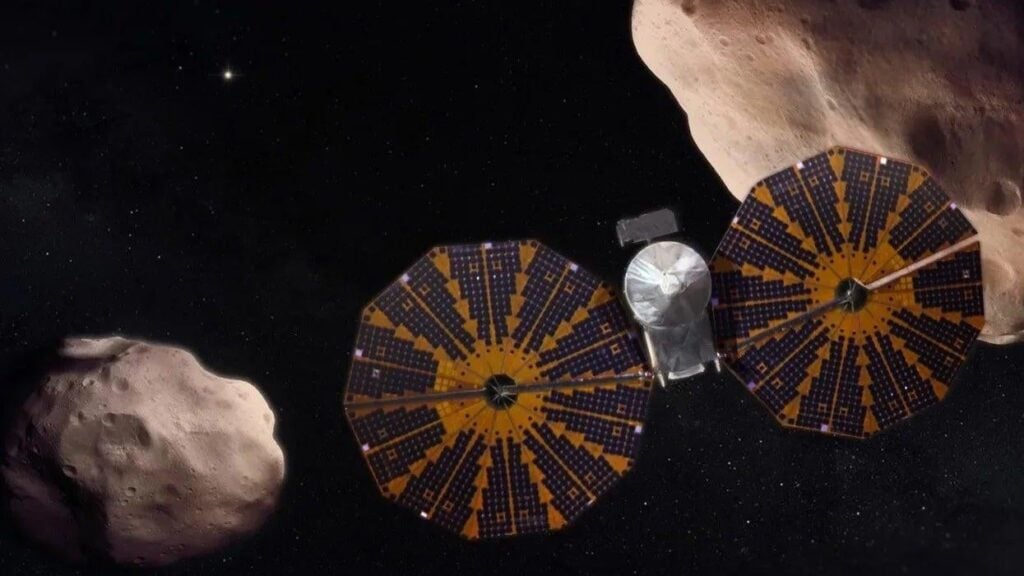 alt text: An artist's rendering of the Lucy spacecraft approaching the asteroid Donaldjohanson. The asteroid is depicted as a dark, irregularly shaped body against the backdrop of space.
alt text: An artist's rendering of the Lucy spacecraft approaching the asteroid Donaldjohanson. The asteroid is depicted as a dark, irregularly shaped body against the backdrop of space.
Launched in 2021, the Lucy spacecraft, named after the famous hominin fossil, is on a mission to explore the Jupiter Trojan asteroids, a group of space rocks that share Jupiter’s orbit around the Sun. Following its successful visit to the Dinkinesh binary asteroid in 2023, Lucy is preparing for its next encounter. On April 20, 2025, Lucy will perform a flyby of the Trojan asteroid Donaldjohanson. This will be the spacecraft’s only asteroid flyby of the year, offering a unique opportunity to study these primordial remnants of the early solar system. The next close encounter isn’t scheduled until 2027, making this flyby a highly anticipated event.
Juno’s Grand Finale
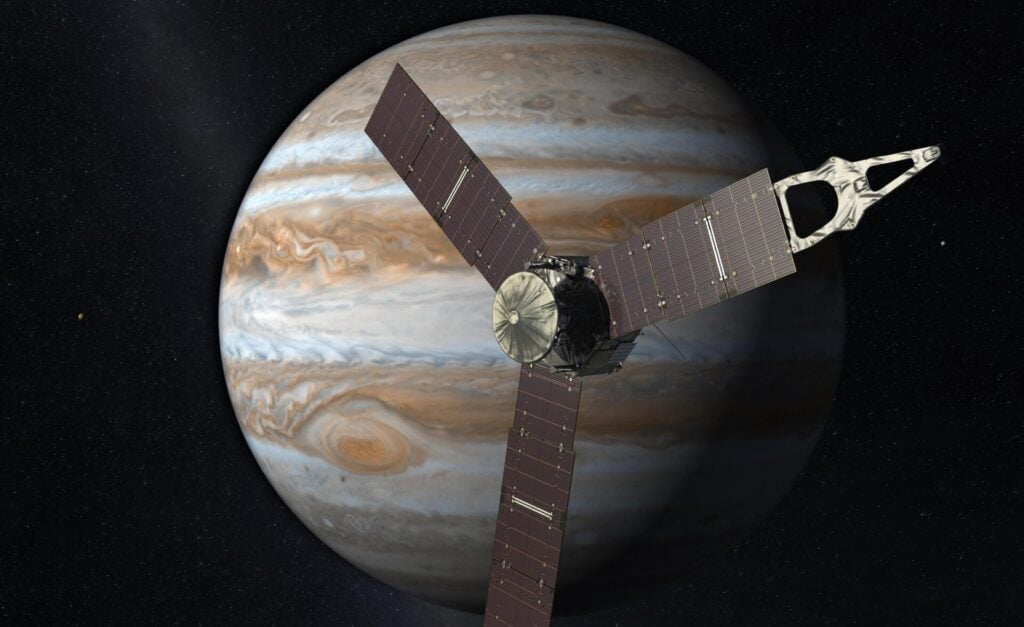 alt text: An image of Jupiter's swirling atmosphere captured by the Juno spacecraft. Bright bands of clouds and the Great Red Spot are visible.
alt text: An image of Jupiter's swirling atmosphere captured by the Juno spacecraft. Bright bands of clouds and the Great Red Spot are visible.
After a productive 2024, capturing stunning images of Jupiter’s moons and gathering valuable data, the Juno spacecraft is approaching the end of its mission. On September 15, 2025, Juno will plunge into Jupiter’s atmosphere, concluding its 14-year exploration of the gas giant. This dramatic finale will provide crucial data about Jupiter’s composition and internal structure.
Monitoring Earth with NISAR
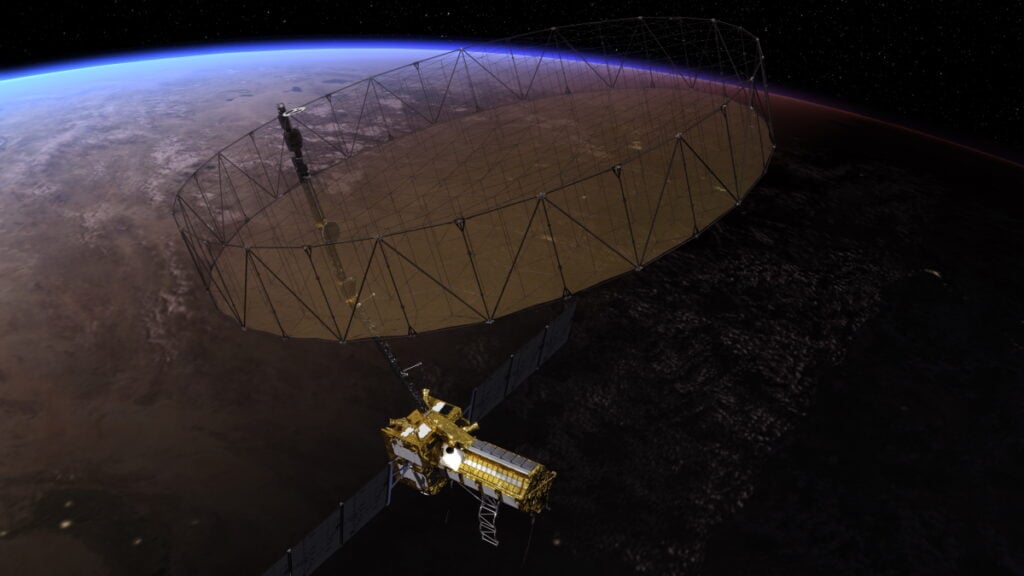 alt text: An illustration of the NISAR satellite orbiting Earth. The Earth is depicted with landmasses and oceans, and the satellite is shown with its solar panels extended.
alt text: An illustration of the NISAR satellite orbiting Earth. The Earth is depicted with landmasses and oceans, and the satellite is shown with its solar panels extended.
March 2025 marks the launch of the NISAR satellite, a joint project between NASA and the Indian Space Research Organization (ISRO). NISAR will orbit Earth at an altitude of 464 miles (747 kilometers), scanning the planet’s land and ice surfaces twice every 12 days. This comprehensive monitoring will provide valuable insights into the effects of climate change, helping scientists track changes in Earth’s surface and understand the evolving dynamics of our planet’s systems. The mission is expected to operate for at least three years.
Space Rider’s Maiden Voyage
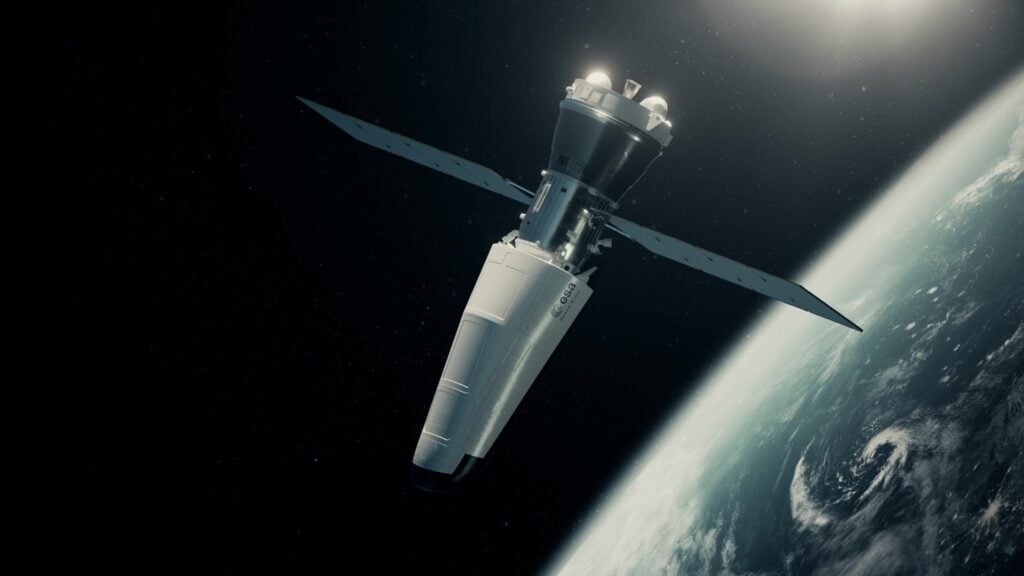 alt text: An artist's concept of the Space Rider spaceplane in orbit. The spaceplane is depicted against the blackness of space with the Earth visible in the background.
alt text: An artist's concept of the Space Rider spaceplane in orbit. The spaceplane is depicted against the blackness of space with the Earth visible in the background.
The European Space Agency (ESA) is preparing for the inaugural flight of its Space Rider spaceplane, scheduled for late 2025. This minivan-sized vehicle will launch on a Vega-C rocket and spend approximately two months in orbit, conducting scientific experiments in microgravity. Upon completing its mission, Space Rider will return to Earth, landing like an airplane and delivering its payloads. This reusable spaceplane offers ESA routine access to space, facilitating a wide range of research and technological development activities.
Dream Chaser’s First Flight
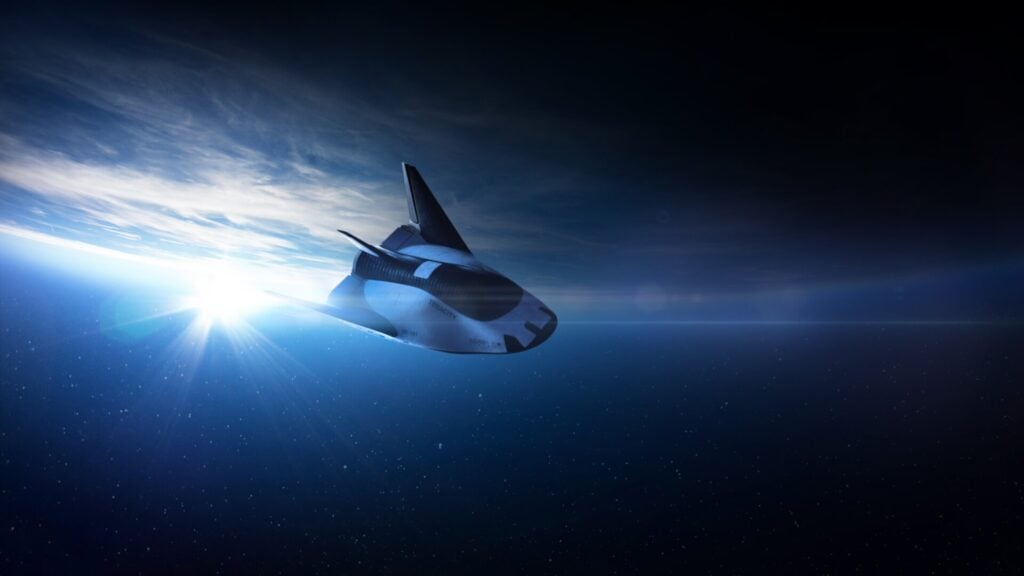 alt text: An artist's impression of the Dream Chaser spaceplane in orbit. It shows the vehicle with its wings deployed and solar panels extended.
alt text: An artist's impression of the Dream Chaser spaceplane in orbit. It shows the vehicle with its wings deployed and solar panels extended.
Sierra Space’s Dream Chaser, the world’s first commercial spaceplane, is slated for launch no earlier than May 2025. The spaceplane will launch atop a United Launch Alliance Vulcan Centaur rocket and journey to the International Space Station (ISS) as part of a NASA contract. Dream Chaser’s unique design features foldable wings that deploy in flight and a heat shield for re-entry, enabling runway landings upon its return to Earth. This mission marks a significant milestone in commercial space transportation and resupply efforts to the ISS.
Firefly’s Lunar Delivery
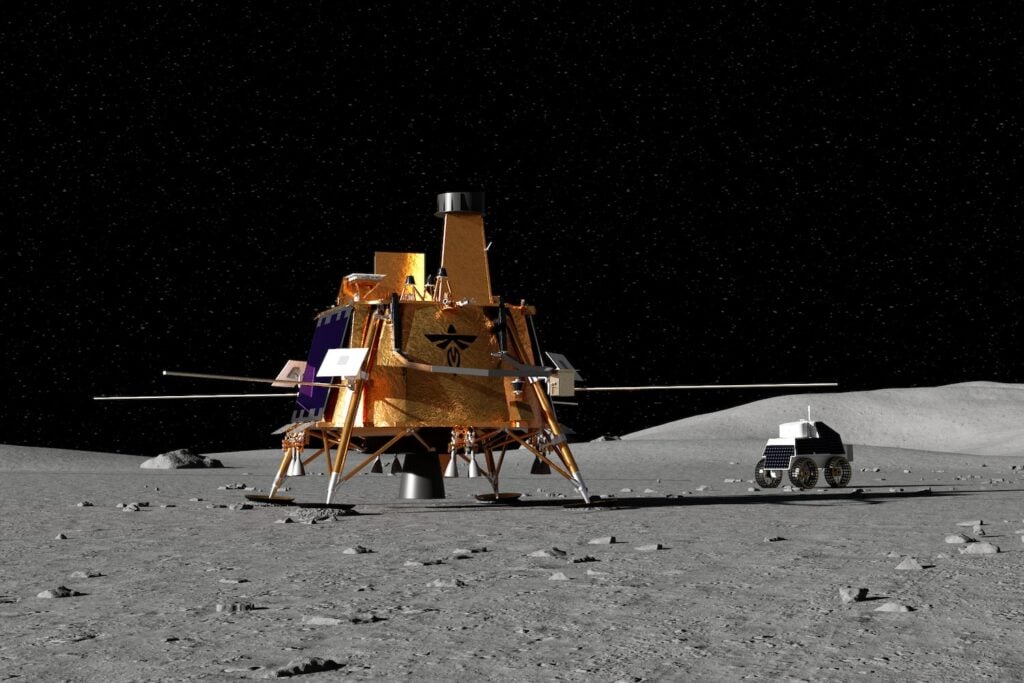 alt text: An illustration of the Firefly Blue Ghost lander on the Moon's surface. The lander is shown with its legs deployed and scientific instruments visible.
alt text: An illustration of the Firefly Blue Ghost lander on the Moon's surface. The lander is shown with its legs deployed and scientific instruments visible.
Firefly Aerospace is set to send its Blue Ghost lander to the Moon in mid-January 2025 as part of NASA’s Commercial Lunar Payload Services (CLPS) initiative. The lander will carry ten scientific instruments to Mare Crisium, an ancient impact basin on the lunar surface. Blue Ghost will operate for one lunar day (14 Earth days), conducting valuable scientific research and paving the way for future lunar exploration.
ispace’s Resilience Lander
 alt text: This image showcases the ispace Resilience lunar lander. The lander has four legs and a central body containing scientific instruments. The image backdrop is a lunar surface.
alt text: This image showcases the ispace Resilience lunar lander. The lander has four legs and a central body containing scientific instruments. The image backdrop is a lunar surface.
Launching alongside Firefly’s Blue Ghost, ispace’s Resilience lander will also head to the Moon in mid-January 2025. Resilience will target a landing in Mare Frigoris, carrying a small rover named Tenacious and various scientific instruments, primarily from Japan’s private space sector. This mission represents ispace’s second attempt at a lunar landing, following the unfortunate crash of its Hakuto-R Mission 1 lander in 2023.
Intuitive Machines Returns to the Moon
 alt text: An illustration of the Intuitive Machines Athena lander on the Moon. The lander is shown with its legs deployed and scientific instruments visible, including a drill.
alt text: An illustration of the Intuitive Machines Athena lander on the Moon. The lander is shown with its legs deployed and scientific instruments visible, including a drill.
Following its historic landing in 2024, Intuitive Machines is planning a second lunar mission in February 2025 with its Athena lander. The IM-2 mission will target the Shackleton connecting ridge near the lunar south pole. Athena will carry a drill and a mass spectrometer to investigate the presence of water ice beneath the surface, crucial for future lunar settlements. The mission will also test a Nokia LTE 4G communications system on the Moon.
IMAP to Study the Heliosphere
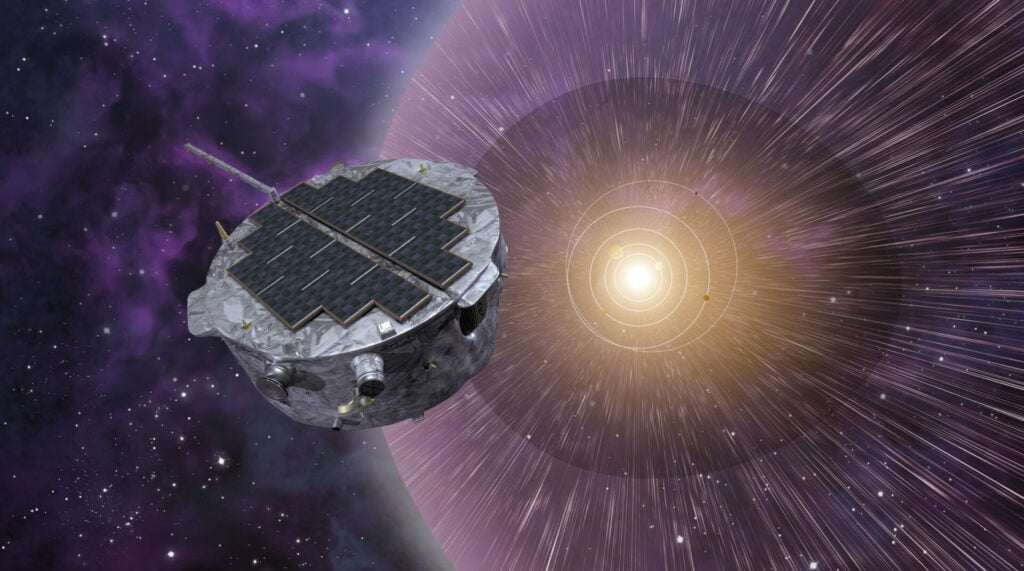 alt text: An artist's depiction of the IMAP spacecraft in space. The spacecraft is shown with its solar panels deployed and antennas extended, against a backdrop of stars and the faint glow of the heliosphere.
alt text: An artist's depiction of the IMAP spacecraft in space. The spacecraft is shown with its solar panels deployed and antennas extended, against a backdrop of stars and the faint glow of the heliosphere.
NASA’s Interstellar Mapping Acceleration Probe (IMAP) is scheduled to launch in late 2025. Equipped with ten instruments, IMAP will study the heliosphere, the magnetic bubble surrounding our solar system. Operating from the L1 Lagrange point, IMAP will map the heliosphere, observe interplanetary particles, and investigate the interaction between solar wind and interstellar material. IMAP will also carry two rideshare missions: the Carruthers Geocorona Observatory and NOAA’s SWFO-L1 space weather monitoring satellite.
Starship’s Orbital Refueling Test
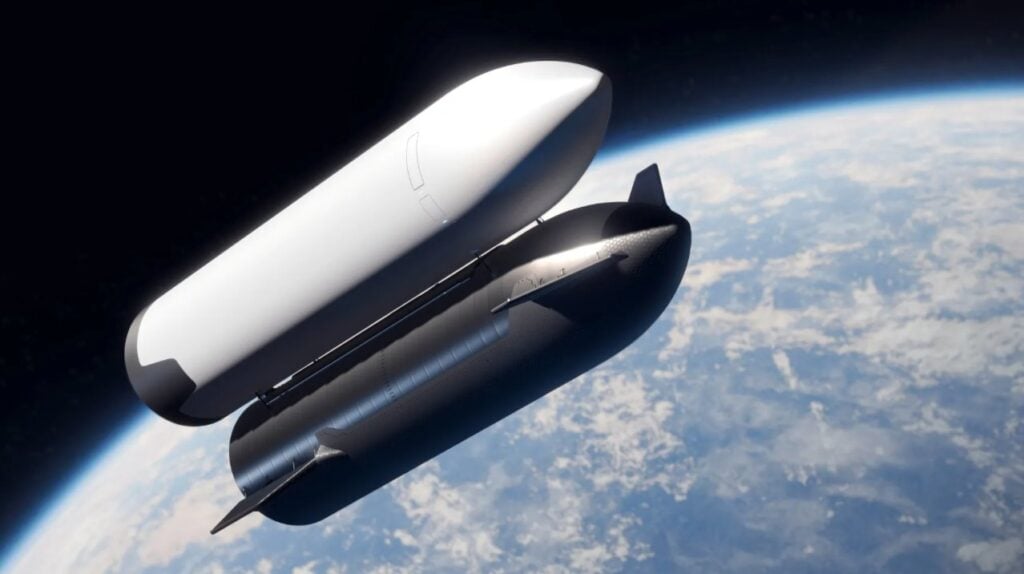 alt text: An illustration depicting two Starship spacecraft docking in orbit. One Starship is acting as a tanker, transferring propellant to the other.
alt text: An illustration depicting two Starship spacecraft docking in orbit. One Starship is acting as a tanker, transferring propellant to the other.
SpaceX is preparing for a critical in-orbit refueling test of its Starship spacecraft, potentially in March 2025. This groundbreaking test involves two Starships launching separately and then rendezvousing in orbit, with one transferring fuel to the other. This demonstration is crucial for developing the technology needed for long-duration space missions, including lunar missions and crewed voyages to Mars.
Vast Space’s Haven-1 Space Station
Vast Space aims to launch Haven-1, its first commercial space station module, no earlier than August 2025. This ambitious project envisions a 328-foot-long (100-meter) modular space station that generates artificial gravity through rotation. Following the deployment of Haven-1, Vast plans to send a four-person crew to the station for a 30-day mission, marking a significant step towards the commercialization of low Earth orbit.
Vera Rubin Observatory’s First Light
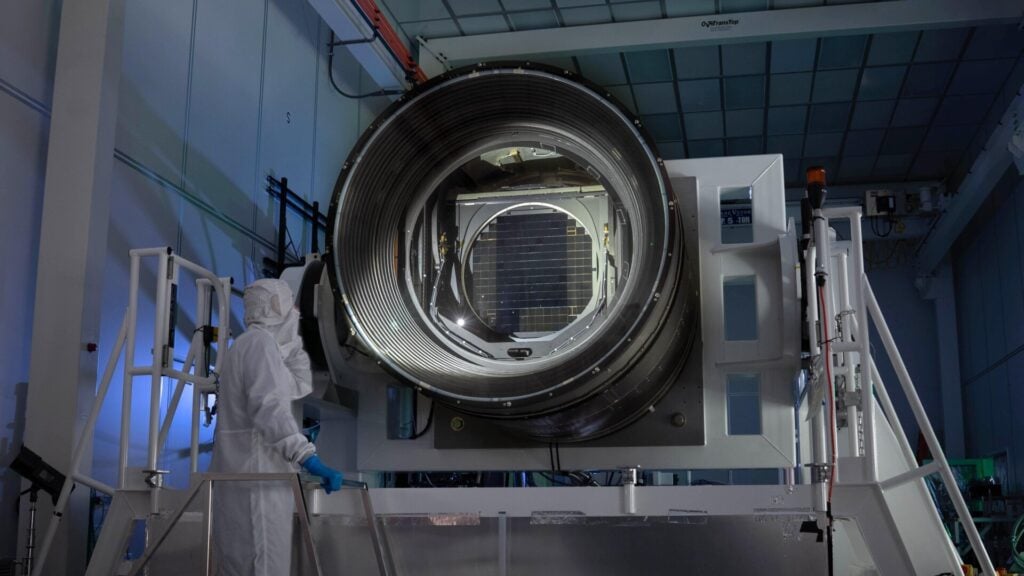 alt text: A photograph of the Vera Rubin Observatory's 3.2-gigapixel camera. The image shows the complex array of lenses and sensors that make up the camera.
alt text: A photograph of the Vera Rubin Observatory's 3.2-gigapixel camera. The image shows the complex array of lenses and sensors that make up the camera.
The Vera Rubin Observatory is poised for its “first light” in July 2025, marking the start of its Legacy Survey of Space and Time (LSST). The observatory’s centerpiece is a massive 3.2-gigapixel camera, the largest ever built. Over ten years, the LSST will collect vast amounts of data, mapping the southern sky and providing unprecedented insights into the evolution of the universe, including the motion of millions of stars within our Milky Way galaxy.
Axiom Mission 4 to the ISS
Axiom Space is planning its fourth private astronaut mission to the ISS in spring 2025. Ax-4 will carry a crew of four, including astronauts from India, Poland, and Hungary, led by former NASA astronaut Peggy Whitson. This mission continues Axiom’s efforts to expand access to space and facilitate research and commercial activities on the ISS.
SPHEREx to Map the Universe
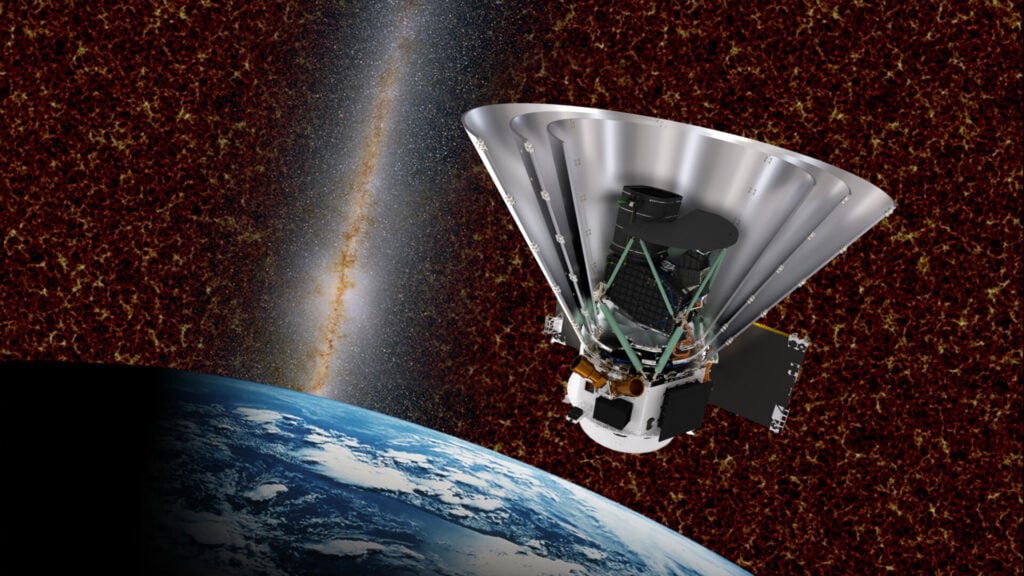 alt text: An artist's concept of the SPHEREx spacecraft in orbit against a backdrop of the universe and the Milky Way. The spacecraft is shown with its telescope pointed towards space.
alt text: An artist's concept of the SPHEREx spacecraft in orbit against a backdrop of the universe and the Milky Way. The spacecraft is shown with its telescope pointed towards space.
In February 2025, NASA will launch SPHEREx (Spectro-Photometer for the History of the Universe, Epoch of Reionization and Ices Explorer). This two-year mission will survey hundreds of millions of galaxies and stars in optical and near-infrared light, creating the most comprehensive color map of the sky ever made. SPHEREx will help astronomers understand the formation of galaxies, the distribution of water and organic molecules, and identify targets for future observation by telescopes like the James Webb Space Telescope.
2025 promises to be a year of groundbreaking discoveries and advancements in space exploration. These missions, with their diverse objectives and cutting-edge technologies, will undoubtedly expand our understanding of the universe and our place within it.



